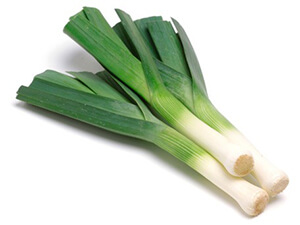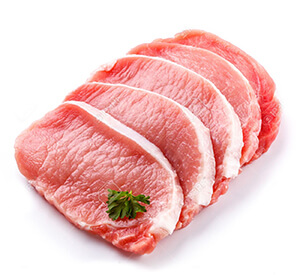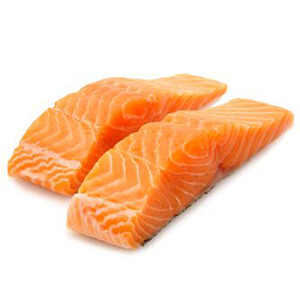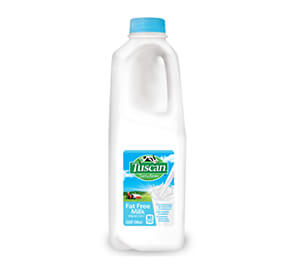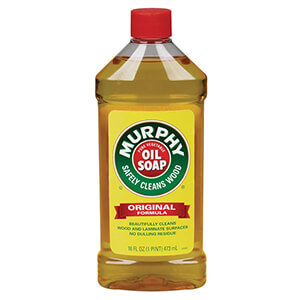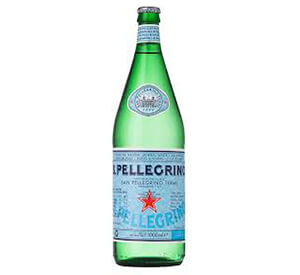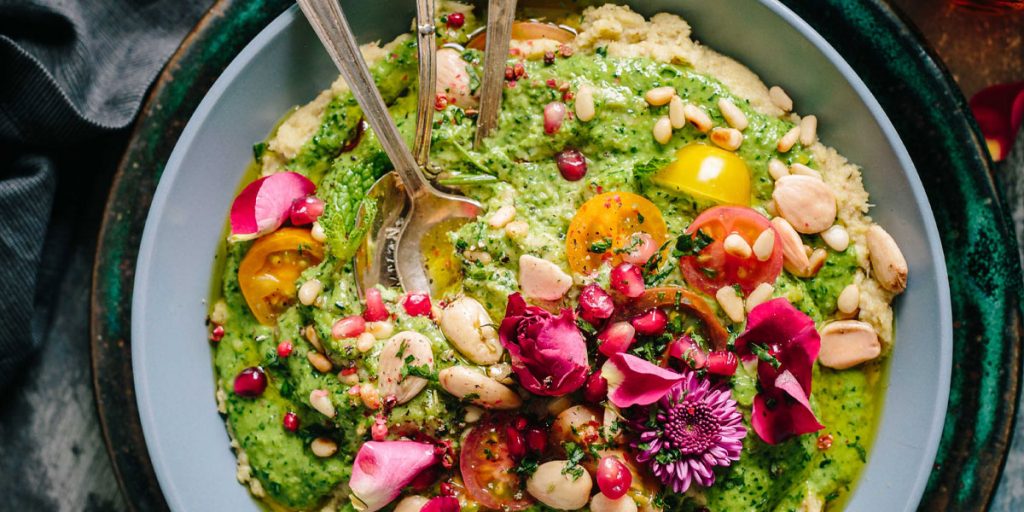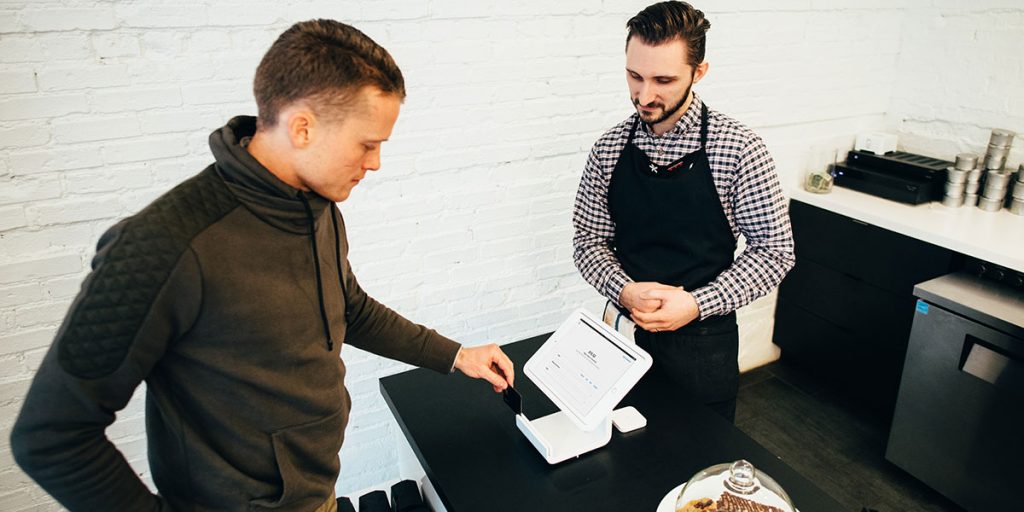It’s a Great Time to Open a Restaurant
This headline may read as misguided click-bait given the obstacles restaurants continue to face after a relentless year of pandemic upheavals. But in a recent episode of his The Profitable Table podcast, Woolco CEO Steven Toboroff has the proof points to back up what reads as an impossible claim—this may be the best time to open a restaurant in decades. Why? A combination of attention, demand (yes!), and space logistics.
Spotlight Even in Darkness
Steven argues that there is no other business that received as much attention (or has been as sorely missed) during the pandemic than restaurants. They are so deeply woven into the fabric of our country, so elemental to our culture of enjoyment, celebration, and community, that their “absence” in the traditional model has created a deeper longing and a revived interest. People love going to restaurants. They miss going to restaurants. They will continue going to restaurants.
Take-Out and Delivery Are Not “Disruptive” Concepts
Eating in a restaurant or drinking at a bar isn’t like other things. There isn’t a virtual equivalency to the experience, in the way that you can do some office meetings remotely or take a college course online. (Zoom happy hours are a thing, but does anyone actually like them?)
While take-out and delivery spiked with pandemic restrictions, and some restaurants pivoted to those options for the first time as a result, those aren’t new concepts. What’s tried to “disrupt” dining is third-party delivery apps, and Steven reveals that many of his own customers have refused to list their restaurants on them, instead finding new solutions for delivery on their own. These independent restaurants have enough brand and customer loyalty to avoid relying on the GrubHubs of the world.
To make it brief: The food artistry and cocktail complexity you get dining out can’t be usurped by an app.
People Need People(s Attention)
Steven gets into the psychology of dining out, which goes beyond socializing and eating a great bowl of spaghetti and clams. People also like to be seen, to show off what they’ve got, who they’re dating, how they’re looking. Restaurants and bars are ideal places to do that.
Why Now?
Steven goes through some of the business rationale behind opening a new space, some of which comes down to the physical spaces themselves. There’s a lot of commercial real estate available right now, so tenants have a lot of leverage, both in terms of creative arrangements and lease length.
Unfortunately, many restaurants couldn’t weather the 2020 storm and had to close. But that doesn’t mean landlords are going to rip out all of the cooking equipment. Another key point of leverage for someone looking to open up a new restaurant in the space.
And then there’s pure demand. We’re at a moment in the cultural cycle where if you are in a position to start something new, there is a potential for the stars to align with pricing, timing, and appetite.
Which Types of Restaurants Will Work?
It’s less about the food and more about the model. In very simple terms, you want to be open for as many hours as possible serving as many meals as possible. Other thoughts:
- Steven reminds everyone that, though not revolutionary, delivery and pick-up options must be tight in any new endeavor. Give careful attention to those experiences, how to make them unique and efficient and exceptional.
- Consider serving and delivering alcohol, if possible. Huge revenue stream.
- Offer outdoor seating if you can.
- Make your menu scalable from the beginning. Don’t start from a place of complexity if you have a goal to expand.
- Be able to accommodate virtual kitchens. If you have a successful physical space, you can “expand” to other menus.
Go in with passion, but think about it as a business. Be ready to promote your restaurant on every channel in every way you can. Invest in the community around you. Find the time, which is now.
Check out the rest of the podcast to hear full details.
Listen to the full episode.




